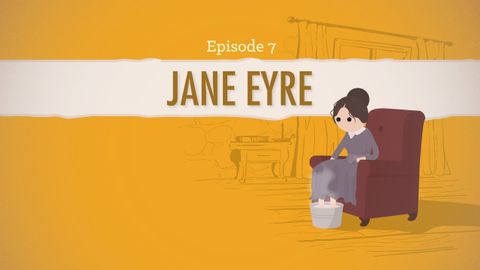
Subtitles & vocabulary
Reader, it's Jane Eyre - Crash Course Literature 207
00
Rebecca Tu posted on 2014/12/22Save
Video vocabulary
learn
US /lɚn/
・
UK /lɜ:n/
- Verb (Transitive/Intransitive)
- To get knowledge or skills by study or experience
- To find out something.
A1
More education
US /ˌɛdʒəˈkeʃən/
・
UK /ˌedʒuˈkeɪʃn/
- Uncountable Noun
- Academic field studying the practice of teaching
- Process of giving or receiving teaching
A2TOEIC
More crash
US /kræʃ/
・
UK /kræʃ/
- Verb (Transitive/Intransitive)
- To damage an object by causing it to hit something
- To drop or fall suddenly
- Countable Noun
- Accident when two objects (cars) hit each other
- Loud sound made by the impact of an object
A1
More die
US /daɪ/
・
UK /daɪ/
- Countable Noun
- Cube with dots numbering 1-6 on it used in games
- A tool for cutting an external thread
- Intransitive Verb
- To cease to function or work
- (Of a thing) to stop being used or done
A1
More Use Energy
Unlock All Vocabulary
Unlock pronunciation, explanations, and filters
